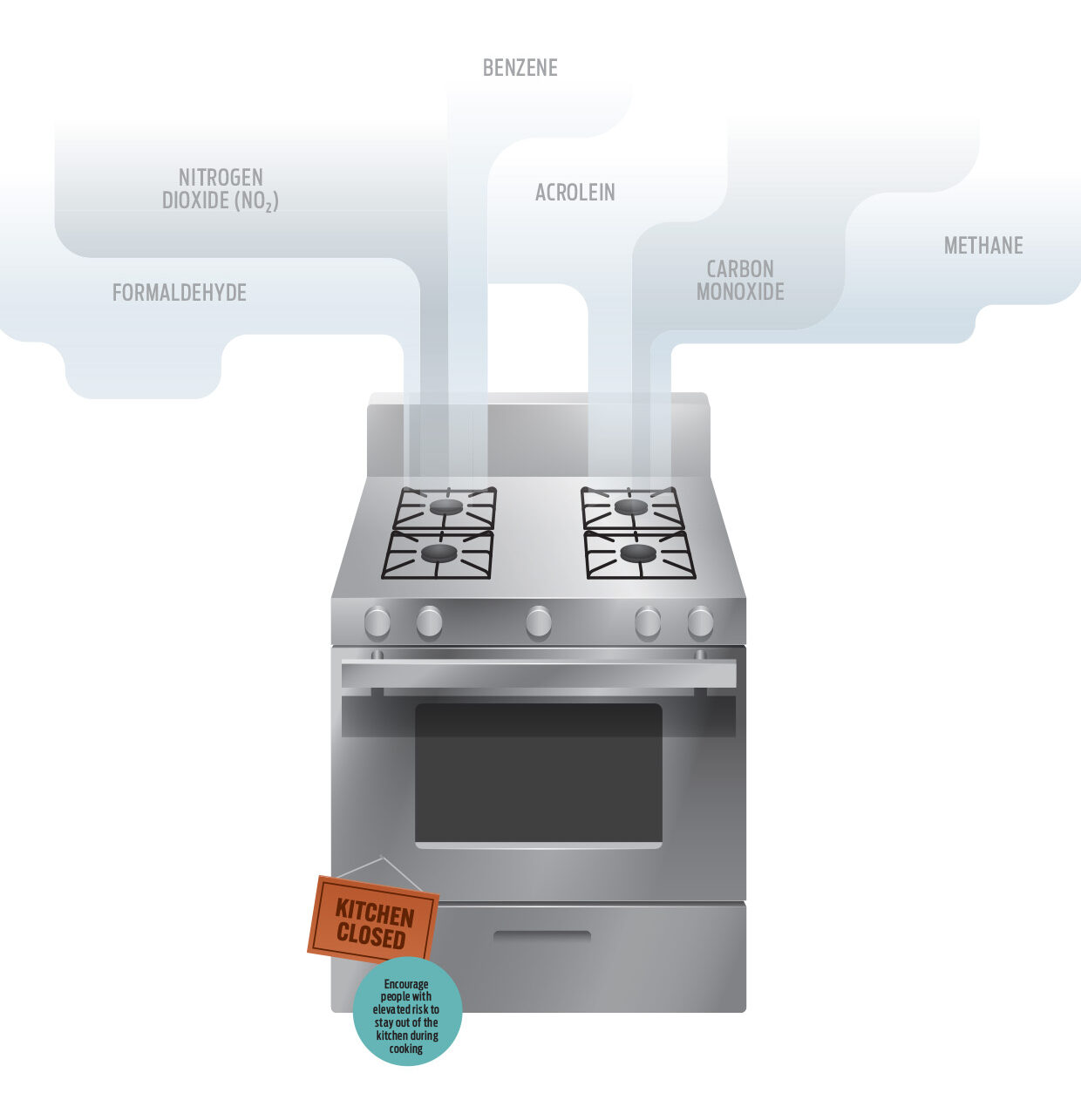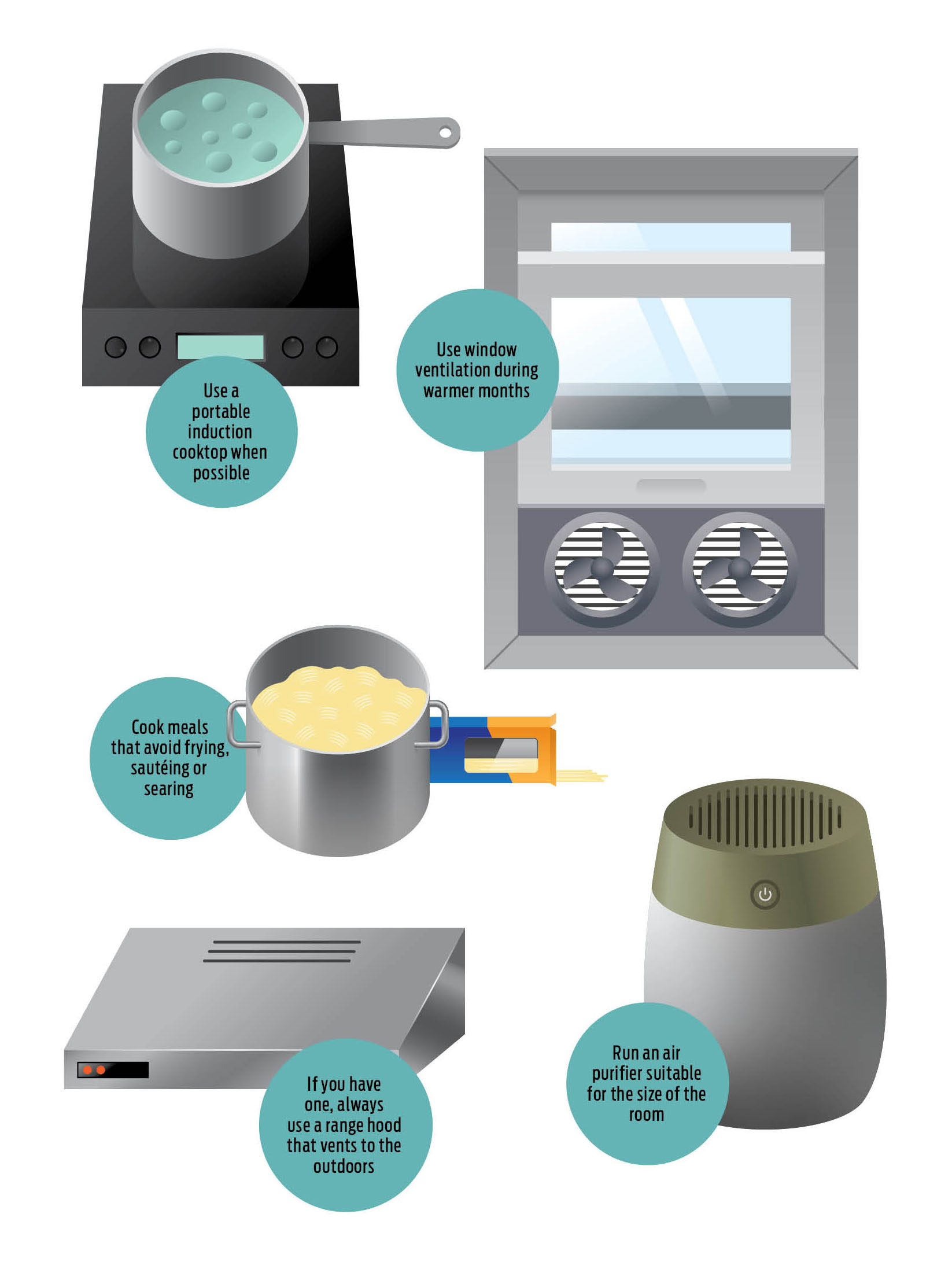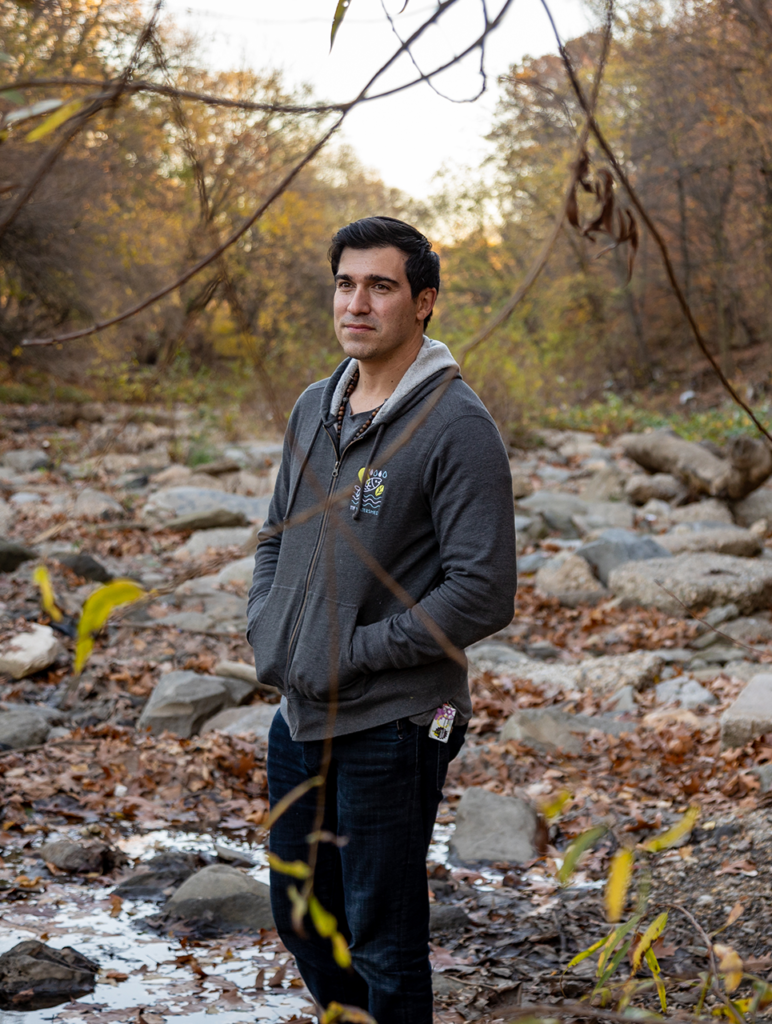The same blue flame that imparts the sense that gas cooking is real cooking also accounts for the health hazards posed by the appliance found in approximately one third of American homes. “When you have a gas stove,” Drexel University environmental epidemiologist Josiah Kephart told NPR in 2021, “combustion is actually occurring right in your kitchen.”
A December 2022 paper attributed 12.7% of current childhood asthma cases in the United States to gas stove use.
In-kitchen combustion of natural gas produces pollutants galore — fine particulate matter, carbon monoxide, the potent greenhouse gas methane, carcinogens including benzene and formaldehyde — but one chemical in particular has been raising red flags lately because of its negative health impacts: nitrogen dioxide (NO2). A February 2022 study found that after mere minutes of gas stove use in a poorly ventilated space, NO2 levels indoors can surpass the one-hour outdoor exposure limit of 100 parts per billion set by the U.S. Environmental Protection Agency. Even low-level exposure to NO2 is associated with intensified asthma attacks, increased susceptibility to respiratory infections and decreased lung function in those with chronic obstructive pulmonary disease (COPD). A December 2022 paper attributed 12.7% of current childhood asthma cases in the United States to gas stove use.

The most definitive way to address the ill effects — for people and the planet — of a gas stove is to replace it with an electric or induction one. (Gas stoves emit methane even when turned off, so just idling the range won’t do the trick on the climate change front.) Renters typically can’t influence appliance choice, however, and homeowners may find the price of switching prohibitively steep, even with the Inflation Reduction Act (IRA) incentives on offer. (Depending on your income, you could qualify for a rebate of up to $840 for the purchase of an electric or induction stove, plus up to $500 to help offset conversion costs. Swapping gas for electric could necessitate an electrical panel upgrade, for which there’s an IRA tax credit of up to $4,000.)
To lessen the harm while still sharing living space with a gas range, consider the following:
- If you have a hood or exhaust fan, use it every time a burner is lit. If you don’t currently have a hood or fan but it is feasible to install one, do so. Ensure that the hood/fan vents outdoors.
- Weather permitting, open windows when cooking and run a box or ceiling fan to push indoor air out.
- Use an air purifier. Choose a model with a high clean air delivery rate matched to the size of the room in question.
- Opt for meals that use fewer burners and/or lower heat. Regardless of a stove’s heat source, cooking food — especially via such high-temperature methods as sautéing, frying or searing — can produce such toxins and irritants as acrolein, polycyclic aromatic hydrocarbons and particulate matter, which means you should ventilate even if cooking with electric.
- Use a supplementary appliance — a portable induction cooktop or an electric kettle, pressure cooker, toaster oven or microwave — when possible.
- Encourage household members at elevated risk — children, the elderly, those with respiratory conditions — to stay out of the kitchen during meal prep.









